(CLO) Asteroid 2024 YR4, nicknamed the "city killer", is causing concern among scientists as it has a 1/43 (2.3%) chance of colliding with Earth on December 22, 2032.
With a diameter of 40 - 90 meters, it could cause an explosion equivalent to many nuclear bombs if it hits the planet's surface. This risk has astronomers urgently researching response plans, as time is running out to act.
This asteroid was only discovered on December 27, 2024 by NASA's ATLAS system and immediately entered the list of hazardous objects of the Center for Near-Earth Object Studies (CNEOS).
The most recent observation, made on February 7 using the Gemini South telescope in Chile, showed it to be about 54 metres across – about the size of a large tower.
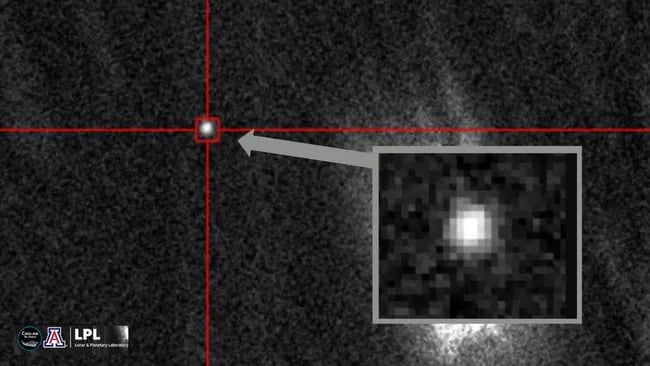
Asteroid 2024 YR4 was seen by the 8.1-meter Gemini South telescope on February 7. Photo: LPL
2024 YR4 is currently about 59.5 million kilometers (37 million miles) from Earth. It will still be too faint to be seen with ground-based telescopes by 2025. Scientists won't be able to observe it again until 2028, when it will make another close approach to Earth.
That means about three years of “blindness,” unable to refine its trajectory. If new data confirms a collision risk by 2028, there will be barely enough time to mount any deflection missions.
One possible option is to use the DART method, which was successful in 2022 when a spacecraft attacked and deflected the orbit of the Dimorphos asteroid.
However, 2024 YR4 could be a “rubble pile” — a loosely bound collection of rock fragments. If a spacecraft were to crash into it, rather than alter its orbit, there’s a risk that the asteroid would break into many smaller pieces, and continue hurtling toward Earth in different directions.
Another option would be to use a nuclear weapon to deflect it. This would provide more thrust, but it also comes with a huge risk. If detonated too close, it could shatter the asteroid into hundreds of tiny pieces, leading to a much larger disaster.
Additionally, international treaties prohibit testing nuclear weapons in space, making this a controversial option.
Scientists are using the remaining time before 2028 to collect more data on 2024 YR4. The James Webb Space Telescope (JWST) is scheduled to join the observations in March 2025 to provide more information about its composition and structure.
If the collision risk remains high, space agencies may have to rush a deflection mission as early as 2028.
With the clock counting down to 2032, the race to prevent a potential disaster is becoming more intense than ever.
Hoai Phuong (according to Space, Daily Galaxy)
Source: https://www.congluan.vn/tieu-hanh-tinh-sat-thu-ngay-cang-gan-trai-dat-con-nguoi-co-du-thoi-gian-ngan-chan-post334623.html


![[Photo] Readers line up to visit the photo exhibition and receive a special publication commemorating the 135th birthday of President Ho Chi Minh at Nhan Dan Newspaper](https://vphoto.vietnam.vn/thumb/1200x675/vietnam/resource/IMAGE/2025/5/17/85b3197fc6bd43e6a9ee4db15101005b)
![[Photo] More than 17,000 candidates participate in the 2025 SPT Competency Assessment Test of Hanoi National University of Education](https://vphoto.vietnam.vn/thumb/1200x675/vietnam/resource/IMAGE/2025/5/17/e538d9a1636c407cbb211b314e6303fd)



![[Photo] Prime Minister Pham Minh Chinh chairs meeting on science and technology development](https://vphoto.vietnam.vn/thumb/1200x675/vietnam/resource/IMAGE/2025/5/17/ae80dd74c384439789b12013c738a045)





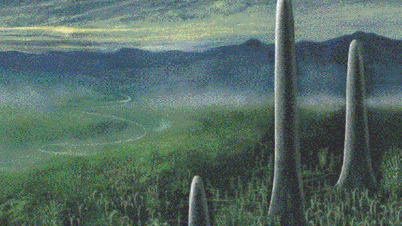
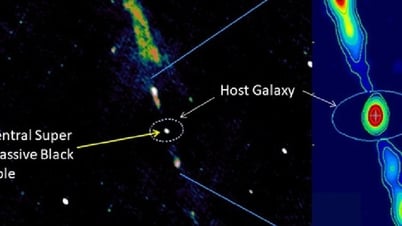
















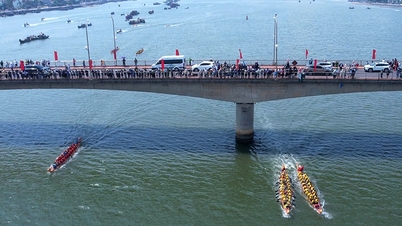
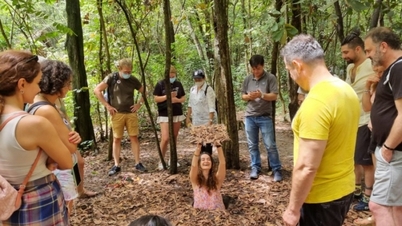



![[Photo] Nearly 3,000 students moved by stories about soldiers](https://vphoto.vietnam.vn/thumb/1200x675/vietnam/resource/IMAGE/2025/5/17/21da57c8241e42438b423eaa37215e0e)




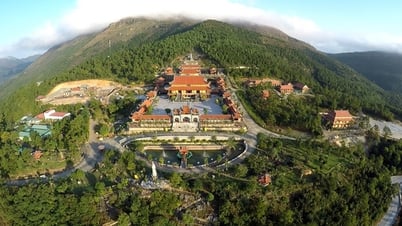



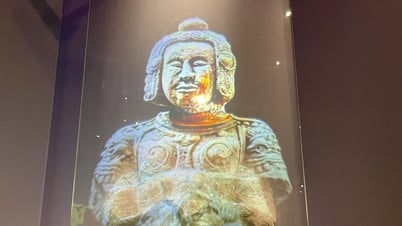
















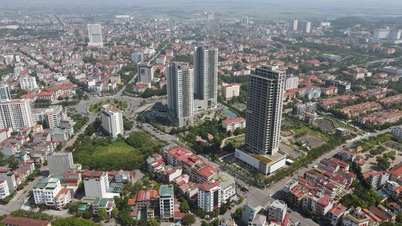















































Comment (0)